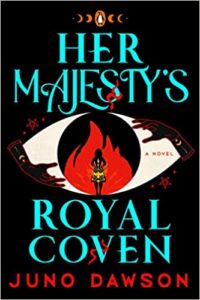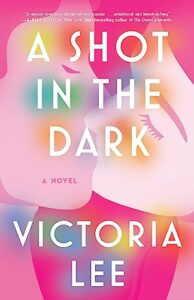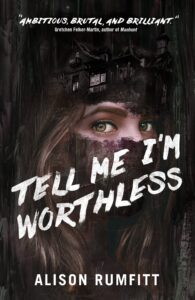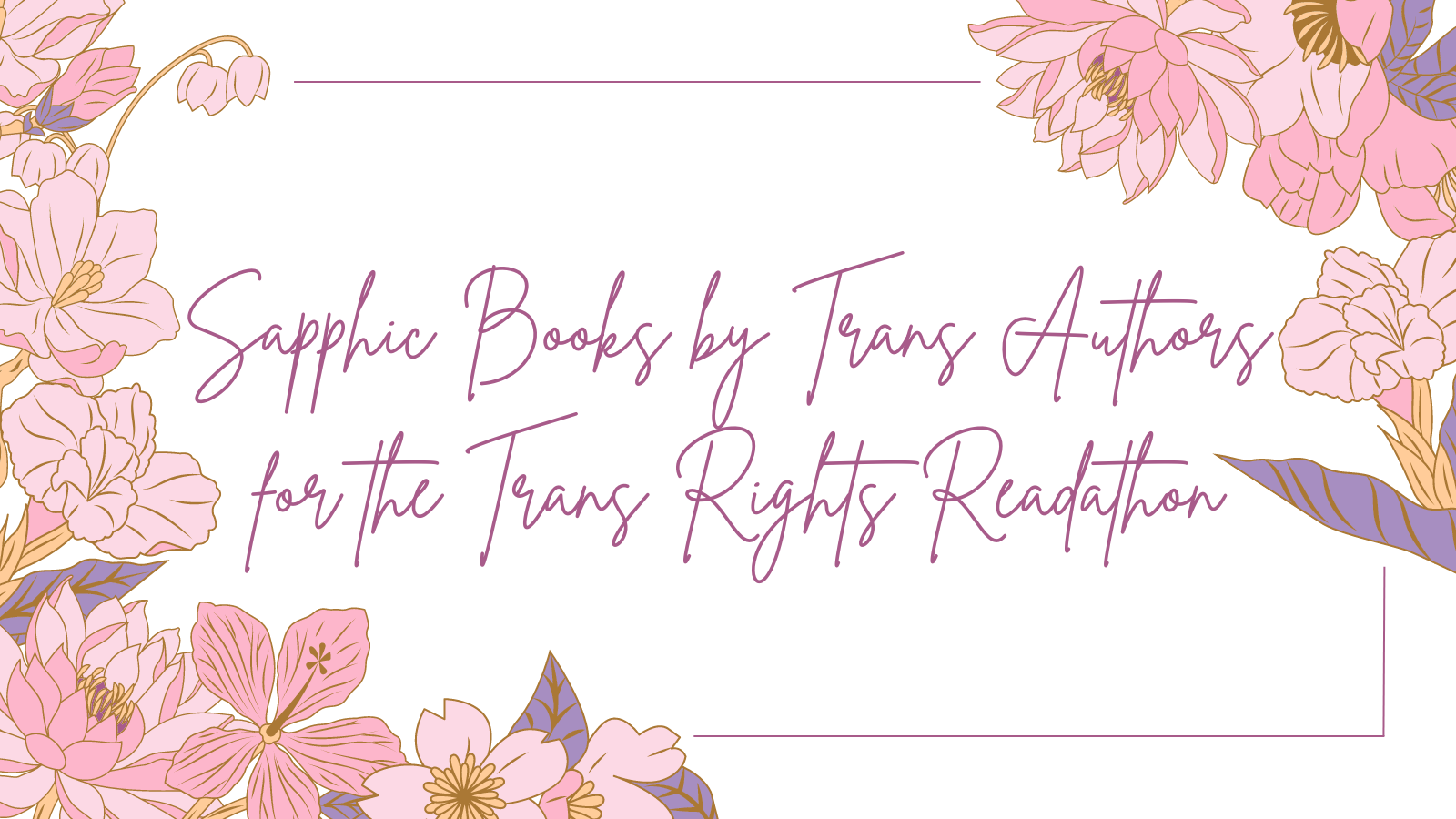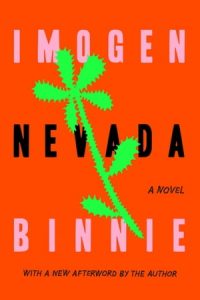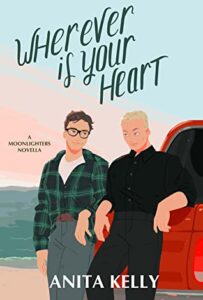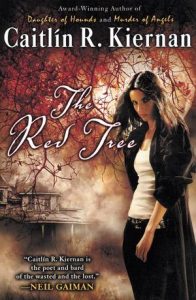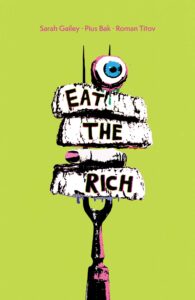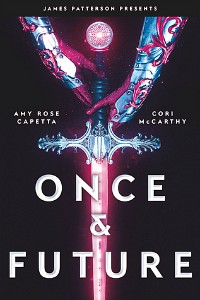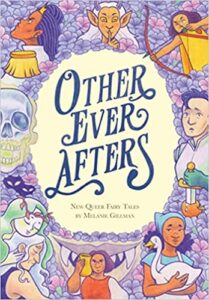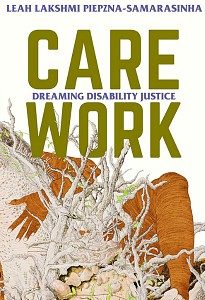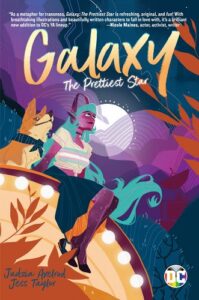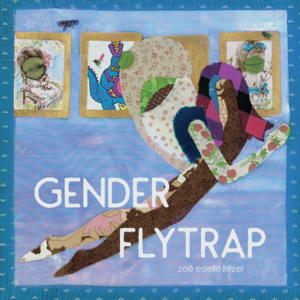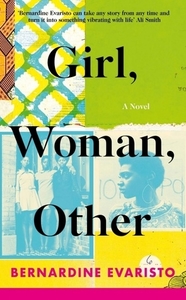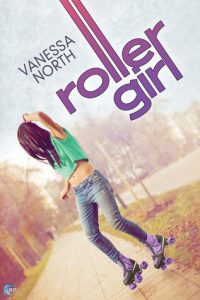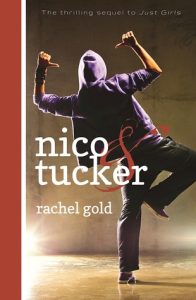Buy this from Bookshop.org to support local bookstores and the Lesbrary!
Growing into one’s queer identity is often more a journey of discovery than a destination, and loving someone through the discovery phases takes one on the journey as well. Us by Sara Soler is a graphic memoir of love in motion. It follows two partners as they journey from perceiving themselves as a typic heterosexual couple, to realizing there was something far from hetero about both of them.
As one partner, Diane, discovers her identity as a trans woman and begins transitioning, the other, Sara, begins the self-reflection of what it means for her own self-concept. Diane’s struggle of finding her true self while trying to maintain the difficult balance on her relationship with Sara is truly heartbreaking and achingly beautiful. Meanwhile, Sara tells her own journey with stark vulnerability. She describes the conflicted feelings of going from being locked in the heteronormative mindset, to realizing she is in love with a woman for the first time in her life, and really exploring what that means to her.
Us is a memoir unafraid to delve into the challenges. It shows both the heights of queer euphoria and the despair and darkness that can come from such a journey. It does so unflinchingly. Sara is unafraid to discuss the negative and unflattering thoughts she had in the early days of their journey, being willing to show herself as the flawed human she is. Sara’s openness in this memoir is important because she allows readers to journey along with her growth, to see her challenge the heteronormative thoughts she had from society and find both unconditional love for her partner, and understanding of her own queer self. Us is able to delve into these themes while maintaining a compassionate space for young Sara and Diane, and for all those who are less far along on their own journey of deconstructing gender and sexuality.
It’s the art that truly brings this story its easy accessibility. Drawn in a comforting, cozy style, it feels like a warm hug. Sara makes the fascinating choice to give the people who are supportive detail and definition, while leaving the people who have been unkind during their journey—and the outright transphobic people—mostly formless shapes. In part, this is likely to protect the guilty by revealing less of their identities. However, it also creates a stark picture of the people who are still stuck in the binary of gender and sexuality as less well-formed and colorless, while those who embrace their queerness burst into each page with detail and holistic beauty. The color pallate of the story further creates both a cozy sense and focuses on the gender euphoria: coloring everything in the shades of the trans flag throughout.
Ultimately, Us is a gorgeous memoir that can educate and move the reader. It is a lovely story made more powerful by the fact that it is true. Us invites us to become fully defined people, embracing our queerness and letting it make us whole.
Chris Ceary (she/they) is a psychology professor by day and a reviewer of all things queer media by night. They host the podcast Thirsty on Toon, which covers queer indie and small press media, as well as the podcasts Gotham Outsiders and Talking Comics. Chris can be found screaming about their latest reads across various social media sites linked at linktree.com/themythofpsyche


